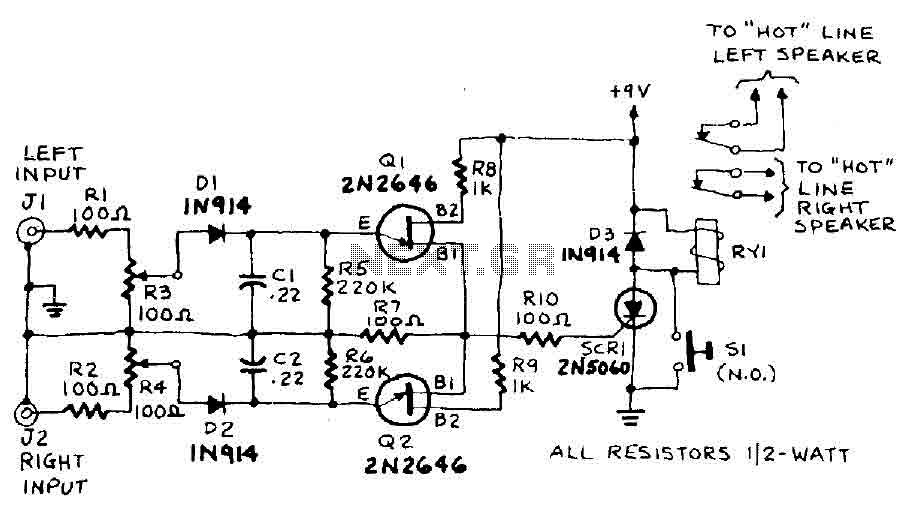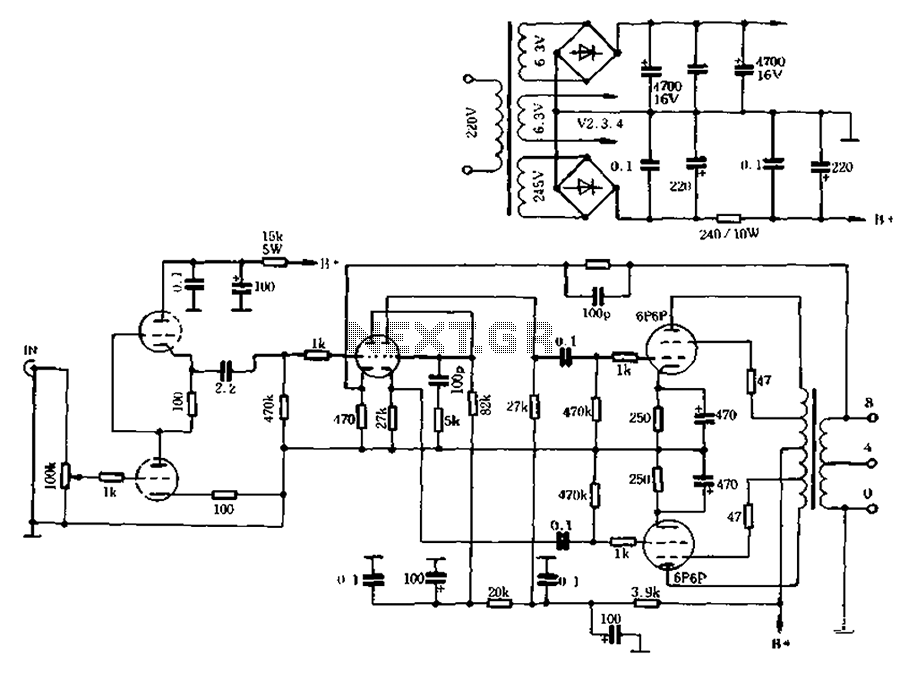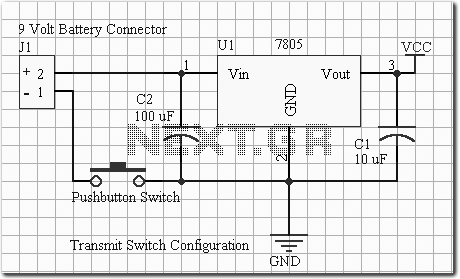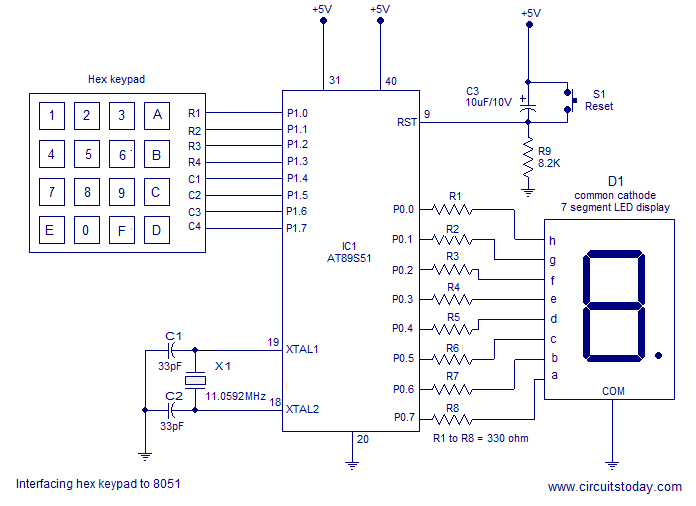
Simple Over Voltage Protection Circuit: High Voltage Cut Off

Voltage fluctuation is a significant concern in residential settings. For various reasons, the supply voltage may exceed 110V or 230V. This excessive voltage can potentially damage household electrical devices. An effective solution for electrical protection is the implementation of a simple over-voltage protection circuit. CG offers an innovative over-voltage protection device designed to safeguard electrical appliances from damage. The primary component of this high-voltage cut-off circuit is a Zener diode voltage regulator. This over-voltage protection relay circuit can be installed in homes as a high-voltage regulator. Q3 functions as the relay driver; when Q3 is turned off, the relay also deactivates. When the relay is off, electricity supply to the device is interrupted, thereby protecting it from over-voltage conditions.
The over-voltage protection circuit utilizes a Zener diode to regulate voltage levels, ensuring that the output voltage remains within safe limits for connected devices. The Zener diode operates in reverse bias, allowing it to maintain a constant voltage across its terminals when the input voltage exceeds the specified threshold. This characteristic is crucial for preventing damage to sensitive electronic components.
The circuit typically includes a relay, which acts as a switch to control the power supply to the connected devices. The relay is energized when the input voltage is within acceptable limits, allowing current to flow to the load. However, if the input voltage rises above the predetermined level, the Zener diode conducts, triggering the relay driver (Q3) to turn off. This action deactivates the relay, cutting off the power supply and protecting the devices from potential damage due to excessive voltage.
In addition to the Zener diode and relay, the circuit may include additional components such as resistors and capacitors to stabilize operation and filter out noise. The design can be tailored to accommodate various voltage levels and load requirements, making it versatile for different applications. Overall, this over-voltage protection circuit is a practical solution for enhancing the safety and longevity of electrical appliances in residential environments.Voltage fluctuation is a serious issue in every home. Due to some reasons our supply voltage may rise above 110V or 230V. Flow of this high electricity may lead to the damage of our home electrical devices. Have you thought how electrical protection is possible via a simple over voltage protection circuit Here CG comes with an interesting over vo ltage protection device to protect your electrical appliances from getting damaged. Zener diode voltage regulator is the main part of this high voltage cut off circuit. You can implement this over voltage protection relay circuit in your home as a high voltage regulator. Q3 is our relay driver, turning OFF of Q3 shuts down the relay too. When relay is OFF, there will be no supply of electricity to the device. Hence they are protected from over voltage. 🔗 External reference
The over-voltage protection circuit utilizes a Zener diode to regulate voltage levels, ensuring that the output voltage remains within safe limits for connected devices. The Zener diode operates in reverse bias, allowing it to maintain a constant voltage across its terminals when the input voltage exceeds the specified threshold. This characteristic is crucial for preventing damage to sensitive electronic components.
The circuit typically includes a relay, which acts as a switch to control the power supply to the connected devices. The relay is energized when the input voltage is within acceptable limits, allowing current to flow to the load. However, if the input voltage rises above the predetermined level, the Zener diode conducts, triggering the relay driver (Q3) to turn off. This action deactivates the relay, cutting off the power supply and protecting the devices from potential damage due to excessive voltage.
In addition to the Zener diode and relay, the circuit may include additional components such as resistors and capacitors to stabilize operation and filter out noise. The design can be tailored to accommodate various voltage levels and load requirements, making it versatile for different applications. Overall, this over-voltage protection circuit is a practical solution for enhancing the safety and longevity of electrical appliances in residential environments.Voltage fluctuation is a serious issue in every home. Due to some reasons our supply voltage may rise above 110V or 230V. Flow of this high electricity may lead to the damage of our home electrical devices. Have you thought how electrical protection is possible via a simple over voltage protection circuit Here CG comes with an interesting over vo ltage protection device to protect your electrical appliances from getting damaged. Zener diode voltage regulator is the main part of this high voltage cut off circuit. You can implement this over voltage protection relay circuit in your home as a high voltage regulator. Q3 is our relay driver, turning OFF of Q3 shuts down the relay too. When relay is OFF, there will be no supply of electricity to the device. Hence they are protected from over voltage. 🔗 External reference





